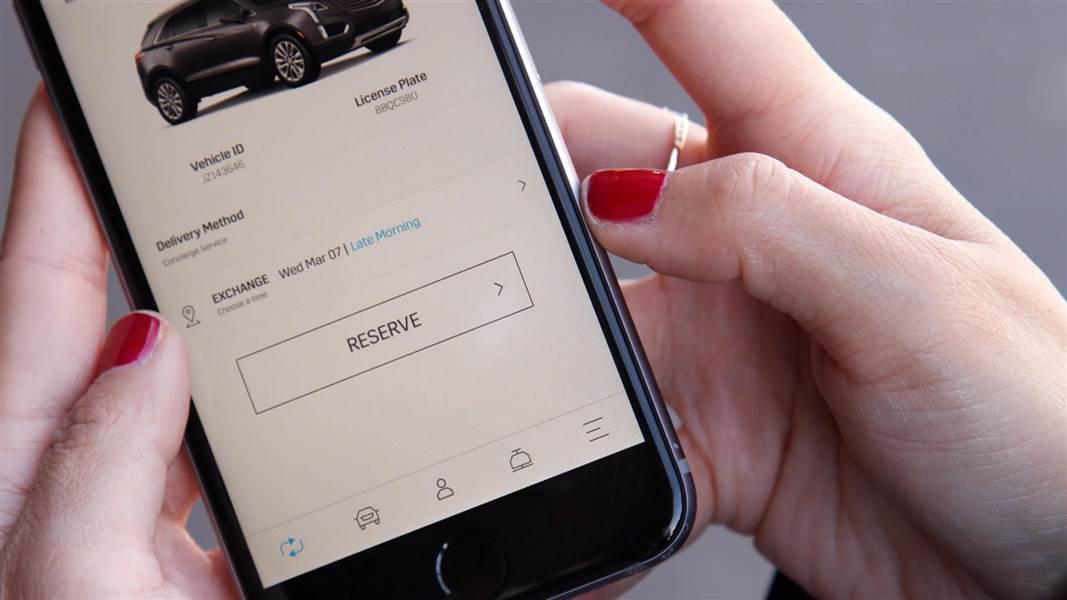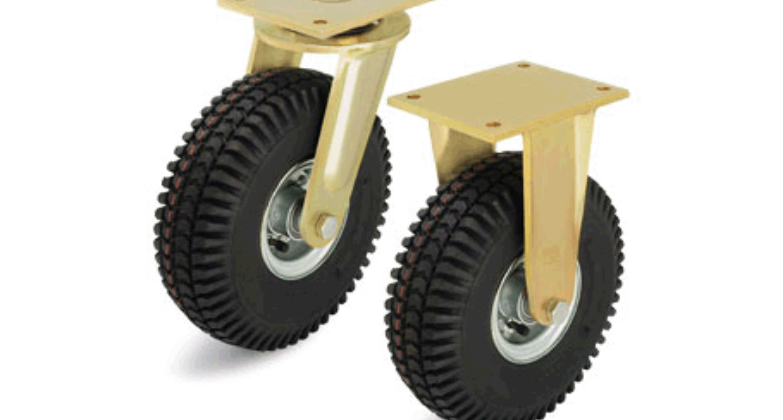
The average number of car accidents in the US every year stands at a monumental 6 million. Out of this, over 3 million people end up with injuries, some of whom are left with permanent disabilities. Car accidents are among the leading causes of injuries in the US.
Injuries from car accidents run the gamut from minor to fatal, and they can change your life drastically in an instant. The average person is likely to be involved in three to four accidents in their lives. For this reason, you need to understand all the possible car accident injuries and what to do after a wreck.
In this guide, we’ll review some of the most common injuries from car accidents. Of course, all car accidents are unique, so you should get immediate medical attention from a professional for correct diagnosis. From neck injuries to broken bones and scratches, let’s see what injuries people sustain from car accidents.
Neck Injuries and Whiplash
Neck injuries and whiplash are, hands down, the most common injuries from car accidents. Both are caused by the sudden forward and backward movement a person experiences as the car impacts.
They’re especially common in rear-ended car accidents.
You see, when you’re involved in an accident, your head may jerk back and forth abruptly during the accident, which results in pulled muscles and ligaments. When your muscles and ligaments stretch beyond their normal range of motion, it causes excruciating pain to your soft tissues. This may limit your neck and head motion, causing possible vision difficulties.
When you suffer neck and whiplash auto injuries, you’re likely to experience stiffness and pain in your shoulders, neck, arms, and lower back. Most victims also complain about having blurred vision, ringing in the ears, irritability, and sleeplessness.
Some even experience temporary vocal cord paralysis. Regardless of how minor these injuries may seem after you get into an accident, you must see a doctor for diagnosis and treatment.
Back Injuries
The likelihood of suffering back injuries after car accidents is usually very high. You might experience anything from strains to fractured vertebrae and herniated disks. After an auto injury, a back injury could potentially impact every facet of your life negatively.
Given that the lower back is highly connected to mobility, you may be left with limited mobility and extreme pain for a long time. Thoracic and upper back pains are also very serious because this part of the back connects to your chest and rib area. These are high-velocity car accident injuries.
Due to their intensity, immediate medical attention is imperative to minimize any chances of nerve damage. Some back injuries could require months, if not years of therapy, to completely heal. The thing is, most back injuries can be apparent right after the accident.
However, others can appear a few days later, so it helps to know what to expect. Some of the symptoms you’re likely to experience include pain, tingling, numbness, leg pain, and muscle weakness.
Brain, Head, and Face Injuries
When car accidents happen, there’s always a chance that the victim will suffer head and face injuries, leading to concussions and traumatic brain injuries. Hitting your head to the steering wheel, windows, or dashboard can leave you with skull fractures and brain injuries.
If severe, these automobile injuries could lead to coma or cognitive issues. After sustaining these injuries from car accidents, victims can experience anxiety, chronic fatigue, insomnia, migraines, headaches, and emotional outbursts.
In addition to all these, you could also experience injuries to your face. It could be anything from a broken nose, fractured eye sockets, dislocated or fractured jaws, broken teeth, etc.
All these issues are bound to leave an impact on your life. If your brain moves inside your skull, you may suffer bleeding, bruising, or swelling of the brain.
Spinal Cord Injuries
These may relate to back injuries, but they may be the most serious auto accident injuries you could experience. Some minimal damages to the spine include bruising and excessive pressure. Severe injuries include severed nerves and severed spinal cords.
These injuries can easily lead to partial or total paralysis, where you experience loss of reflexes and feelings. Additional health problems usually accompany spinal injuries. You could have infections, blood clotting, bleeding, pneumonia, and spinal fluid leaks, all of which are very consequential.
Shoulder Injuries
The shoulders are usually a combination of muscles, tendons, joints, cartilage, and ligaments. Shoulder injuries are also common car accident injuries. Like the neck, shoulders can also experience whiplash. The shoulder blade, upper arm, and collar bone are all susceptible to car accident injuries.
You see, shoulders move in multiple directions and are less stable than other joints in the body. You may experience strains, dislocation, tears, limited mobility, range of motion, or fractures if you suffer shoulder injuries.
Some of the most apparent symptoms include visible shoulder deformity, inability to move your shoulder, swelling, discoloration, numbness, or pain. No, popping it back as you see in the movies is a bad idea, so see a medical professional as soon as you can.
Chest Injuries
The chest area is also usually very exposed, and the chances of sustaining an injury very high. These auto injuries most happen to drivers as they are positioned behind the steering wheel. Any impact during an accident could leave you with collapsed lungs or broken ribs.
Apart from the steering wheel, your chest may also sustain injuries from hitting the dashboard. You may also experience high force from the seat and seatbelt.
When this happens, you’re likely to experience internal bleeding, cardiac arrest, or damages to your abdomen and internal organs. If you’re not wearing a safety belt during impact, you could be ejected from the car and sustain other severe injuries or death.
Internal Injuries
While most injuries from car accidents are sustained on the outer parts of the body, internal injuries happen too. The most important thing to keep in mind when it comes to internal injuries is that they can be the most dangerous since they could go unnoticed for a while.
Any treatment delays could lead to even more serious problems. You need to have a proper assessment with a medical practitioner after a car accident, whether you feel pain or not.
There is always a chance you might sustain injuries to internal organs like the spleen, liver, lungs, kidneys, bowels, or the aorta, all of which can be life-altering or threatening. If, for instance, you get fractured ribs, they could puncture your lungs or other organs close by and cause internal bleeding.
Broken Bones, Lost Limbs, and Amputations
Broken and fractured bones are also prevalent injuries from car accidents and some of the most impactful. Some of them include hip fractures, broken pelvis, busted ribs, broken wrists, broken legs, etcetera. These lead to a myriad of other health conditions and internal injuries.
Following a side or front impact accident, you could suffer broken legs, knees, arms, hips, and wrists. Open and compound fractures are usually excruciatingly painful.
Most require surgery immediately to prevent infections, and lost blood. If this happens to you, you may need casting, re-alignment, and physiotherapy to repair your bones and get back in shape.
Sometimes, broken bones and other severe injuries from car accidents may lead to lost limbs or amputations. Such injuries can alter your entire future and negatively impact every aspect of your life. Car accident amputations are known as traumatic amputations because they result from traumatic car accidents.
Medical practitioners only decide to do them when they realize that the body parts involved are too damaged to save. Of course, there is always the option of using prosthetic limbs.
Bruises, Scrapes, Sprains, and Cuts
While these are minor injuries, they almost always happen to everyone involved in an auto accident. The pain, aches, and inflammation can last for days or weeks.
Some of the symptoms involved include swelling, redness, weakness, and pain with movement. You may need pain relievers, stitching, and possible physical and massage therapies for these injuries until you restore full function.
Psychological Trauma
Apart from the physical injuries from car accidents, a lot of people are also left with emotional trauma like PTSD, anxiety, and depression. You can suffer from mental and emotional injuries after an auto accident.
As a result, a lot of the things you used to do could become worrisome or problematic for you. These feelings may also be accompanied by guilt if the car accident was your fault, and it’s imperative that you get professional help to get over it.
What Should You Do After a Wreck?
The most important thing people have to do after sustaining injuries after car accidents is to get immediate medical help. Regardless of how major or minor your injuries might be, you need a medical assessment for proper diagnosis, followed by treatment. You must ensure you’ll recover accordingly without risking your health further.
Beyond this, you need to hire a professional car accident attorney for legal representation. You see, car accidents are not only traumatic, but the aftermath can be quite expensive. You need to get compensation from your insurance company or the party at fault.
You will have to contend with ongoing medical bills, lost wages, pain, suffering, and more. A professional car accident lawyer will help you document all your injuries, medical bills, and other expenses that will help you with your recovery.
If necessary, they will negotiate a settlement or fight for you in court. They’ll ensure all the injuries and damages have been fully compensated. For more information about getting legal help, please go here.
Different Types of Injuries From Car Accidents
There you have it! These are some of the most common injuries from car accidents, and understanding them can help you prepare for anything. The most important thing is to seek medical attention immediately.
After that, you should seek legal help for compensation. Our website has more valuable and informative posts on auto & motor, technology, real estate, and travel. Please head to our blog section, where we have so much more lined up for you!




















